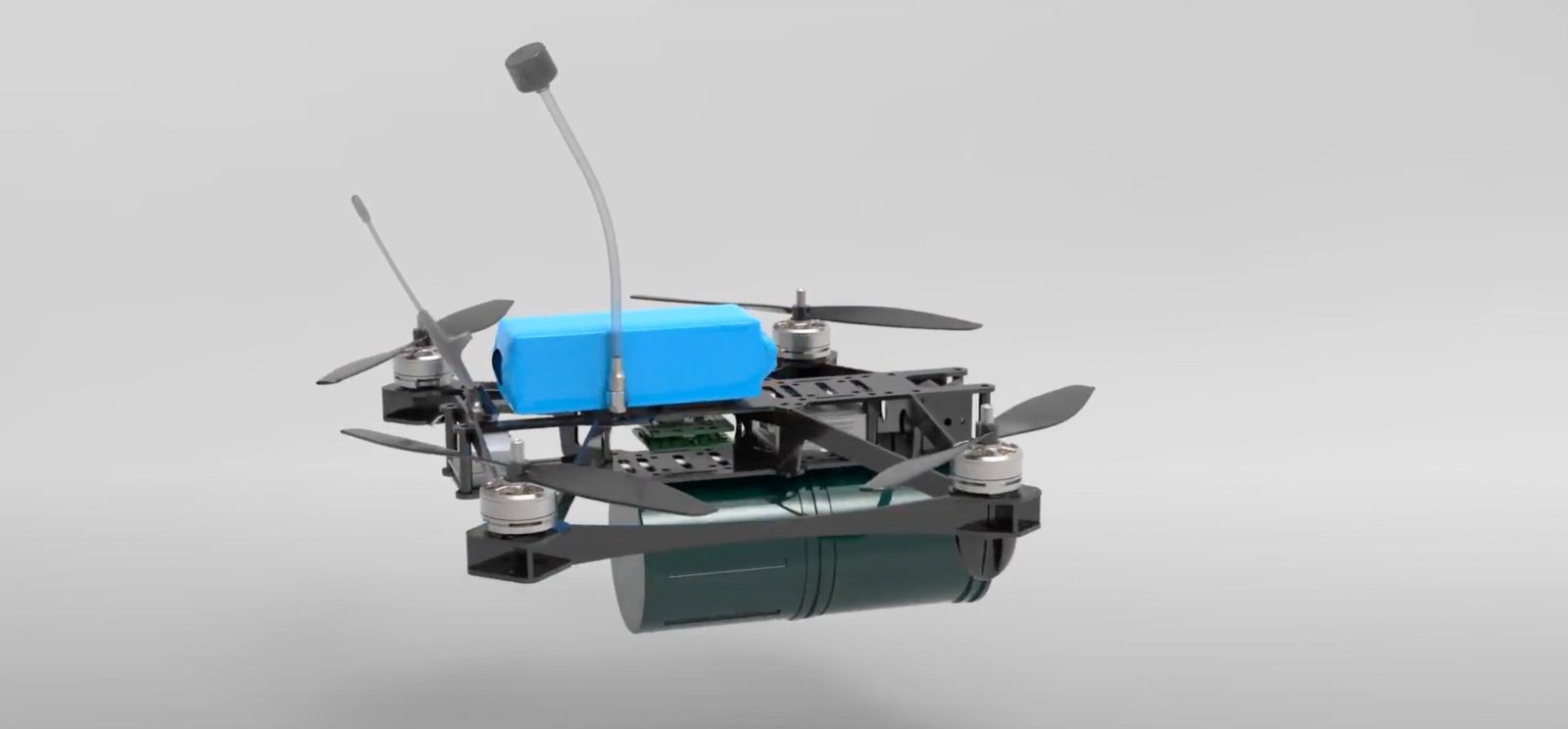
Producers of specialized drones or craft with effective tech adaptable to defense purposes may be in for a boost in activity under the Pentagon’s new “Replicator” initiative, which seeks to supplement the traditionally huge, multi-year US defense programs by creating an array of fast, responsive “attritable autonomous systems” – with an anticipated emphasis on quickly manufactured UAVs.
The “Replicator” program was discussed in a general manner by Deputy Defense Secretary Kathleen Hicks at the National Defense Industrial Association’s Emerging Technologies conference in Washington Monday. Without abandoning the “large, exquisite, expensive, and few” weapons and military programs the Pentagon has based its warfighting capabilities on for decades, the supplemental approach Hicks described increased use of smaller, specialized, and adaptable systems that private sector drone and robotics companies have excelled in.
The basic idea evoked is based on the Pentagon interfacing with nimble, innovative US private sector partners to swiftly develop or adapt aerial, maritime, and terrestrial drones for specific use cases – essentially applying the lessons of how assets like UAVs have been rapidly and effectively repurposed for combat in Ukraine. The speed, abundance, and lower cost of production would make those affordable for single-use operation, especially compared to far bigger, pricier traditional military systems.
Read: Ukraine flexes drone muscle as counteroffensive accelerates
The objective of that fast-moving and -adapting “Replicator” program is specific: offset the military development and production advantages China enjoys through what Hicks described as its mass of “more ships, more missiles, more people.”
“We’ll counter (China’s) mass with mass of our own, but ours will be harder to plan for, harder to hit, harder to beat,” Hicks said of the “Replicator” philosophy. “With smart people, smart concepts, and smart technology, our military will be more nimble, with uplift and urgency from the commercial sector.”
Read: Exclusive: Insiders describe Ukraine operation preparing drone strikes inside Russia
Without stipulating drones as such, the “Replicator” picture Hicks painted included various kinds of UAVs designed for or adapted to specific sorts of military functions that the Pentagon could receive from companies and get to soldiers within the next year or two. She said those will be “less expensive, put fewer people in the line of fire, and can be changed, updated, or improved with substantially shorter lead times.”
That scenario sounds like a closer fit to companies like Skydio or Teal – which recently halted activities in consumer drones to focus on military craft, yet without abandoning the constant invention and innovation mindset retail producers need to survive – than for the giants of legacy fighter jet or missile manufacturers.
Read: US Army asks Blue sUAS suppliers to create small drone munition-dropping capabilities
Although now an official Pentagon program, it’s unknown what kind of financing “Replicator” will receive – though presumably it will require hundreds of millions in investment to counter-balance China’s mass advantage with myriad, diversified smaller assets like drones.
Meantime, as Ukraine also attests, Beijing is far from the only potential source of threats to global peace and order that Washington will be watching as it adopts what amounts to baseball’s “little ball” strategy of offsetting critic mass disadvantages it faces. That’s probably one reason why Hicks noted “Replicator” may live up to its name within the Pentagon itself.
“The pieces that work well, they can be replicated throughout the department where they see what we’ve been able to do,” Hicks noted. “So, if it’s cutting years off of a process because we’ve got the standards figured out and right, (or) it’s because there’s a lack of communication between two components and we fixed that problem, that kind of speeding can happen through this formal process.”
FTC: We use income earning auto affiliate links. More.



Comments